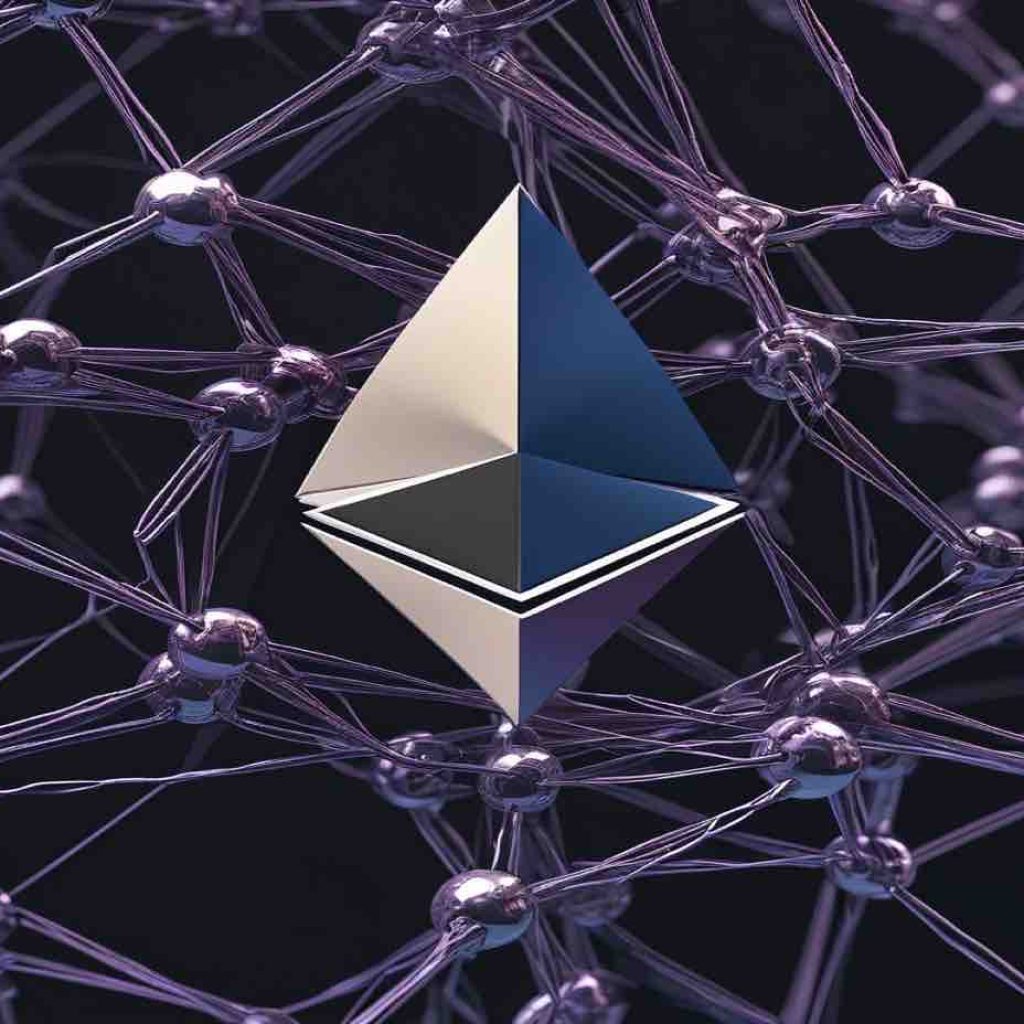Europe’s data center industry faces a unique problem: AI’s massive power surge. With big names like Nvidia pushing advanced graphics processing units (GPUs) into the scene, European developers now need to rethink their entire energy strategy.
Forecasts show that AI growth will drive a 160% jump in data center demand by 2030, according to Goldman Sachs. But this growth isn’t a direct path. It risks derailing Europe’s decarbonization goals, as these new AI-powered GPUs do not have any comparisons in terms of energy consumption.
AI-focused GPUs require substantial cooling, specifically at lower water temperatures, to handle the insane heat these processors produce.
Imagine this: one square meter in an AI-focused data center can now consume up to 120 kilowatts of power, equal to what 15-25 homes use, according to Andrey Korolenko from Nebius, a tech company deploying Nvidia’s high-end Blackwell GB200 chips.
“This is extremely dense,” Korolenko said, adding that such demands call for different cooling solutions.
Lower temperatures, higher headaches
The high energy cost isn’t the only thing ticking off Europe’s climate advocates. Michael Winterson, chair of the European Data Center Association (EUDCA), sounded an alarm about where this shift could lead. “Lowering water temperatures could drag us back to unsustainable practices of 25 years ago,” he warned.
Winterson argues that AI is now an American-controlled “space race” where the priority is market domination over environmental responsibility. With land, energy, and sustainability lower on the U.S. agenda, Europe faces the messy task of accommodating these high-powered chips without blowing up its climate goals.
Herbert Radlinger of NDC-GARBE, a leading European data equipment provider, confirmed the pressure from U.S. chip companies to lower water temperatures for AI chips.
“This is shocking news,” Radlinger said, adding that engineers had originally expected data centers to embrace liquid cooling, which is far more efficient than traditional air-based cooling. Instead, Europe’s green ambitions are being nudged aside as firms rush to accommodate AI’s heat-intensive demands.
Schneider Electric’s AI and data center chief advocate Steven Carlini noted that cooling is already the second-highest energy consumer in data centers, right after IT loads. Customers deploying Nvidia’s Blackwell superchip are now requesting water temperatures as low as 20-24°C (68-75°F), he said.
This is significantly cooler than the 30-32°C (86-89°F) typically used in liquid cooling setups. Lower temperatures drive up chiller activity, pushing Power Usage Effectiveness (PUE) higher—a metric Europe’s energy regulators closely track.
Carlini warns the increased demand for cooling could undermine Europe’s new Energy Efficiency Directive, which forces larger data centers to report their energy use publicly.
Europe’s energy efficiency directive under pressure
The European Commission is doubling down on energy efficiency, aiming to slash usage by 11.7% by 2030. But AI’s rise complicates these goals, especially with Europe’s directive enforcing new public data reporting for data centers above a certain size.
Lowering water temperatures flies in the face of this directive, making the EUDCA lobby Brussels to consider the impact AI’s power surge could have on sustainability. Energy firms and utilities are now scrambling to adapt to AI’s rise.
Schneider Electric is working with the EU on “prime power” solutions for AI-driven centers, hoping to balance AI’s needs with Europe’s energy rules. The EU has even held talks with Nvidia over the rising power consumption in data centers.
Schneider’s Carlini highlighted the pressure from these demands, as he mentioned that despite rising energy usage, lower water temperatures won’t stop chillers from guzzling power.
“Cooling is the second-largest consumer of energy in data centers,” Carlini said, adding that Nvidia’s Blackwell customers are asking for significantly lower water temperatures, something far from the norm.
Ferhan Gunen, Equinix’s data center ops VP for the U.K., noted that AI’s demand for higher-power chips also means a denser server setup. “It’s an evolution discussion more than anything,” she said.
Gunen explained that data centers are now talking reconfiguration, with the future leaning towards liquid cooling as new builds pop up. While higher density and power demands drive up cooling, Gunen pointed out that the “balance” comes as technology shifts.
Liquid cooling: The next step or a costly gamble?
AI’s thirst for power means Europe has to get creative. Liquid cooling is one answer, but it’s far from simple. Nvidia announced a Blackwell GPU platform that promises to cut costs and energy by up to 25 times. But Ferhan Gunen said these tech upgrades require complete overhauls, adding new costs upfront.
While this tech will help over time, “higher density will mean more power use and more cooling requirements,” she stated.
Nebius, armed with $2 billion after splitting from Yandex, plans to roll out Nvidia’s Blackwell platform to clients by 2025 and has pledged over $1 billion toward AI infrastructure in Europe. According to Korolenko, liquid cooling is just the “first step,” hinting at a costly start that may pay off later.
“When you go to scale, you want options that don’t sacrifice efficiency,” he said, highlighting power efficiency as a critical factor for controlling costs.
Sicco Boomsma from ING’s TMT team pointed out that Europe is power-sensitive, while U.S. players keep pushing for expansions where power is readily available.
“There’s a lot of American data center operators eyeing Europe, trying to align with EU goals like carbon neutrality and water efficiency,” he said, citing the growing interest in building green-friendly infrastructures.





